
Ophthalmology
Latest News
Latest Videos

CME Content
More News

Although most of the innovation in treatment has come in the past decade, new treatments for glaucoma are still being tested, albeit at a slower pace.

Patients with visual impairments face major physical and financial barriers when seeking emergency care.
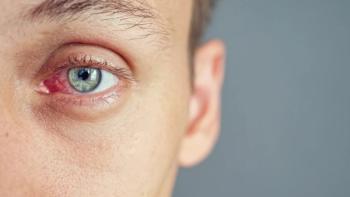
Calcitonin gene-related peptide (CGRP) and substance P (SP) had correlations with symptoms and signs of dry eye disease.

Medication, laser, and surgery are all methods of treating glaucoma according to Jonathan Eisengart, MD.
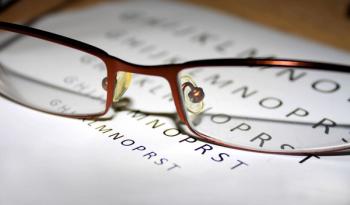
Patients with a foveal bulge had significantly enhanced visual acuity if they also had resolved diabetic macular edema (DME) or retinal vein occlusion (RVO).

Glaucoma can cause damage to the optic nerve if left untreated, making frequent eye appointments vital for catching it quickly.
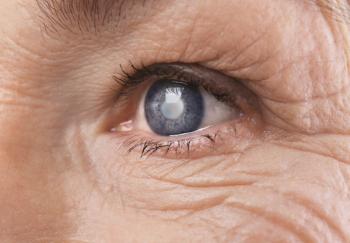
The rates at which ganglion cell-inner plexiform layer (GCIPL) and retinal nerve fiber layer (RNFL) thin in the eyes was different in people with primary open angle glaucoma and pseudoexfoliation glaucoma.
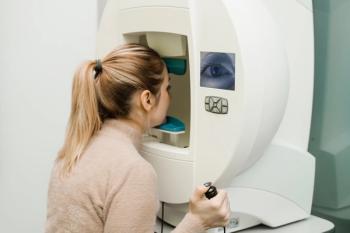
When compared with auditory stimulus, patients with glaucoma had slower response times to visual stimulus.
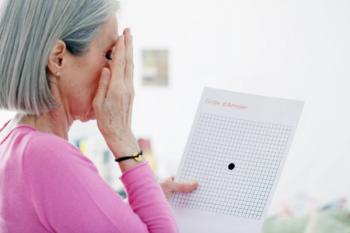
Although intravitreal faricimab helped to decrease central subfield thickness (CST) in patients with eyes previously treated for neovascular age-related macular degeneration, best corrected visual acuity showed no sign of improvement.

Articles covering FDA approvals, dry eye disease, and how eye diseases may be linked to falls were among the top 5 most-read articles of 2024.

Obesity, overweight, and hypertension could also affect the risk of retinopathy if not managed in patients.
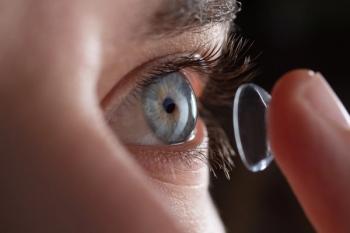
Patients with dry eye associated with contact lenses had significant improvement in visual acuity and their Ocular Surface Disease Index (OSDI) score after a month of using hydrogen peroxide.
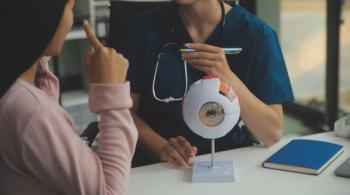
Women who had children had a higher risk of reaching a visual acuity below 6/24 compared with those who did not have children.
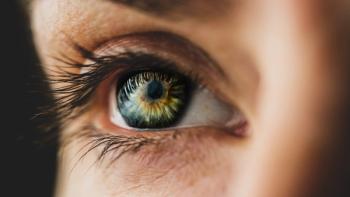
November is Diabetic Eye Disease Awareness Month. Diabetes is the leading cause of preventable blindness in the US. Here is a look at recent research related to diabetic eye diseases.

Patients with amblyopia had a statistically significant improvement in their visual acuity after binocular rehabilitation through digital video games.

Glaucoma risk can be managed more effectively with the ability to use polygenic risk scores to identify individuals who can benefit from more intense treatment.
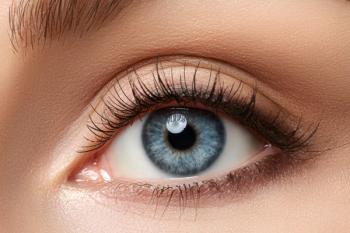
Atsena Therapeutics and Nippon Shinyaku have formed an exclusive licensing agreement for ATSN-101, a gene therapy for Leber congenital amaurosis (LCA1). Nippon Shinyaku will commercialize ATSN-101 in the US and Japan, while Atsena retains global rights outside these territories.
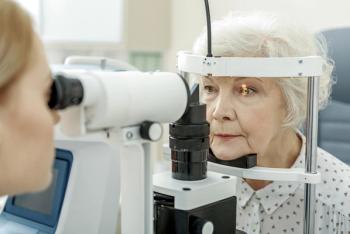
Polygenic risk score was valuable in enhancing risk prediction models for primary open-angle glaucoma (POAG.
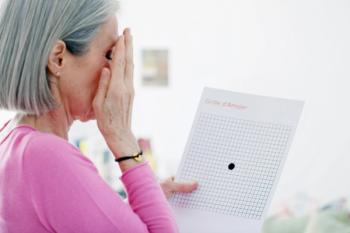
Reduced well-being and loss of productivity were contributors to the high economic burden in patients with late-stage age-related macular degeneration (AMD) living in the US, Germany, and Bulgaria.

A machine-learning model developed in this study was able to predict 24-hour peaks for intraocular pressure (IOP).
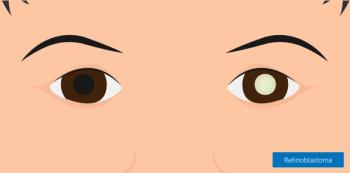
Despite the incidence of retinoblastoma remaining consistent throughout Europe, different countries had differing rates of survival.

The suggestive evidence should encourage research into the associations to evaluate the association with stronger evidence.

Interventions to diagnosis amblyopia earlier could help in addressing inequities in the resolution of amblyopia.

Emotional and social support for patients with retinitis pigmentosa could reduce the incidence of depressive disorder in this demographic.
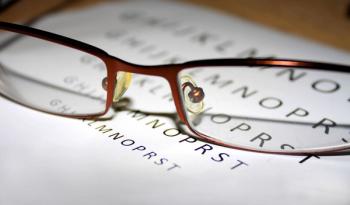
MYL-1701P displayed similar efficacy, safety, and immunogenicity when compared with reference aflibercept to treat diabetic macular edema.



















































